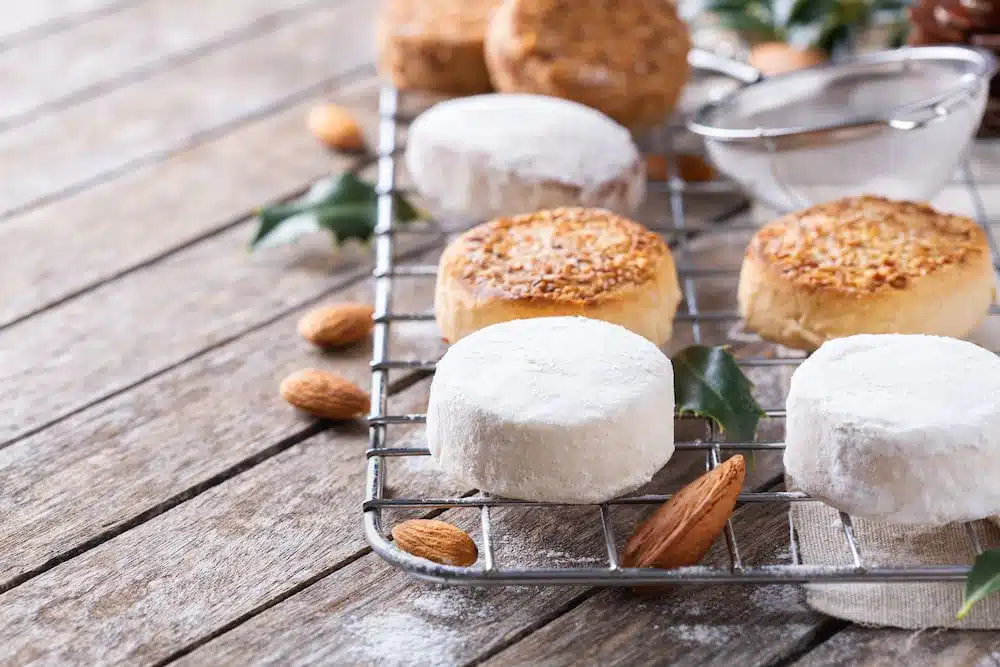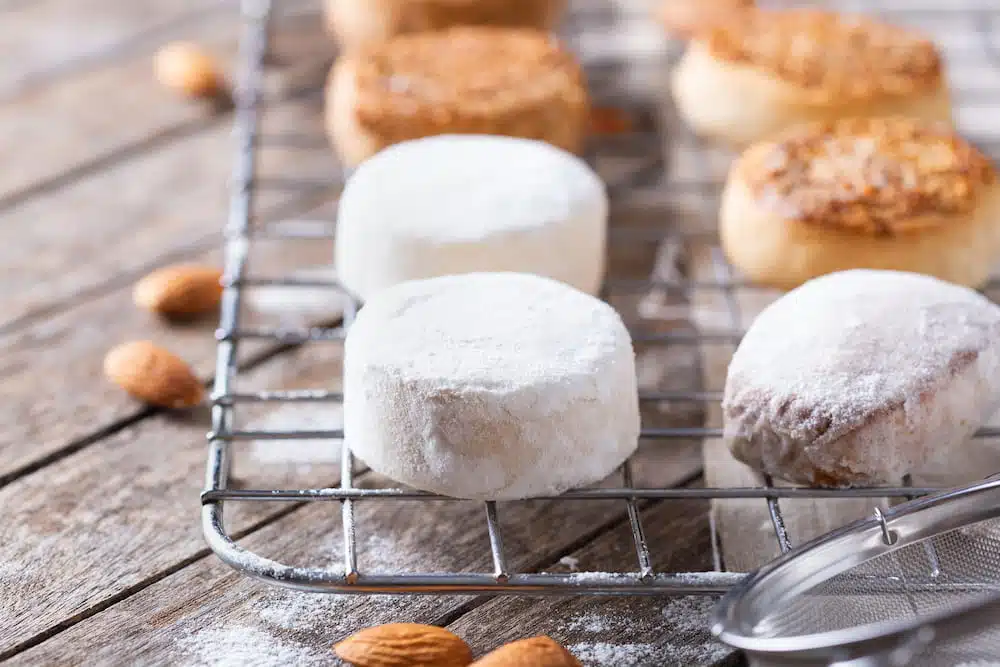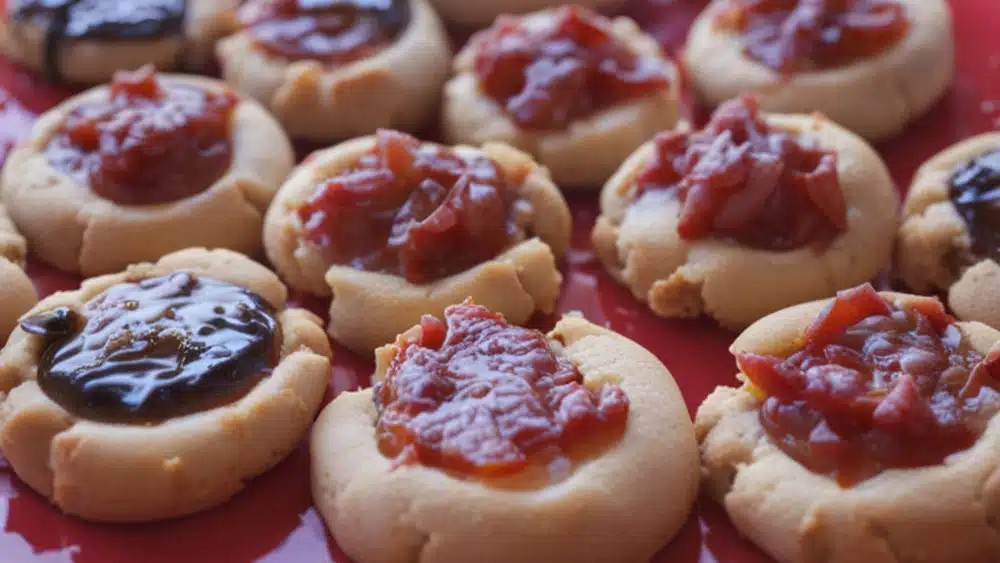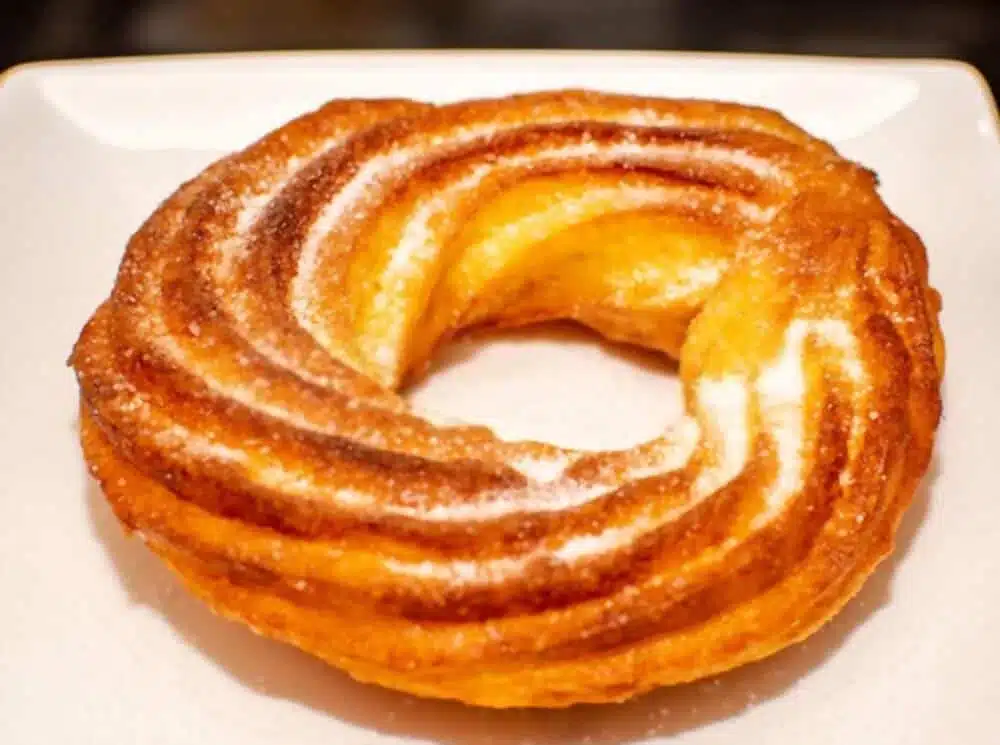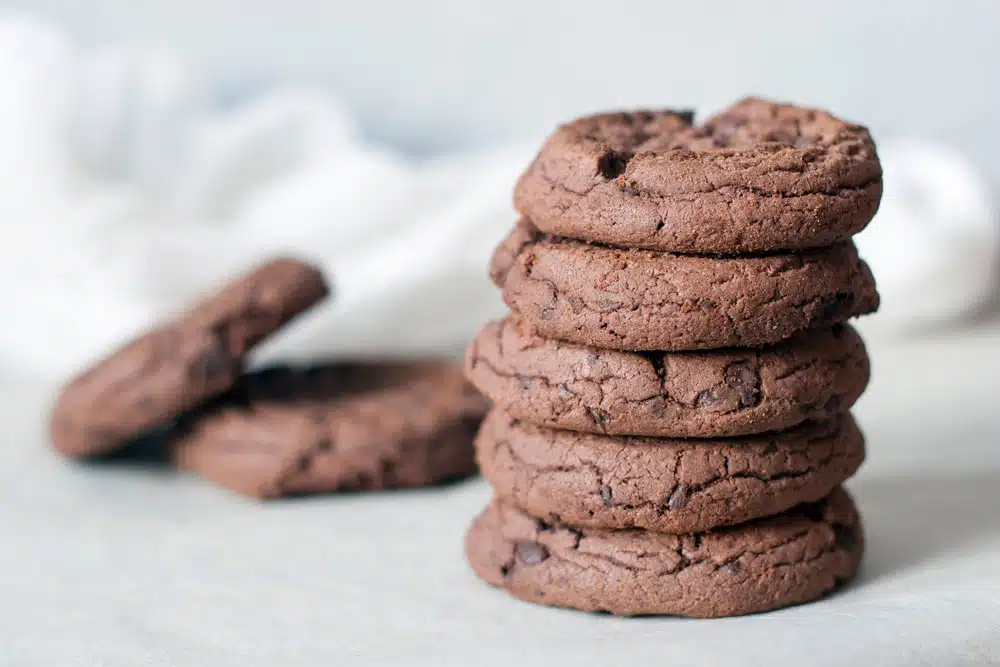Hello friends and friends of Paulina Kitchen! polvorones recipe , those brittle and butter cookies that lead us directly to childhood, to the grandmother beating in the kitchen or the bakery of the neighborhood where the famous dusty cookies by weight.
Today we are going to talk especially about homemade polvorones , what is this delight, their differences with the mantecados, their origins, and the secrets to achieve that texture that is undone to the first bite.
Also, of course, once we are already soaked in information, we will share the polvorones recipe step by step , with all well detailed to come out like those of our childhood. Nostalgia, there we go!
Content table
About the polvorones
The polvorones are a traditional type of cookie, with a high content of fatty matter, and with a very particular texture: they are dry, but not hard , they break just one touches them, and they get rid of the mouth and a dust is made (hence their name).
In their original version, they were made only with lard , flour, sugar and sometimes with ground almond . Today you can also find made with common butter, margarine sugarless polvorones are made .
In many cases, the special touch of polvorones is given by ammonium bicarbonate , which in addition to helping texture, leaves that unmistakable taste that reminds us of the bakery polvorón.
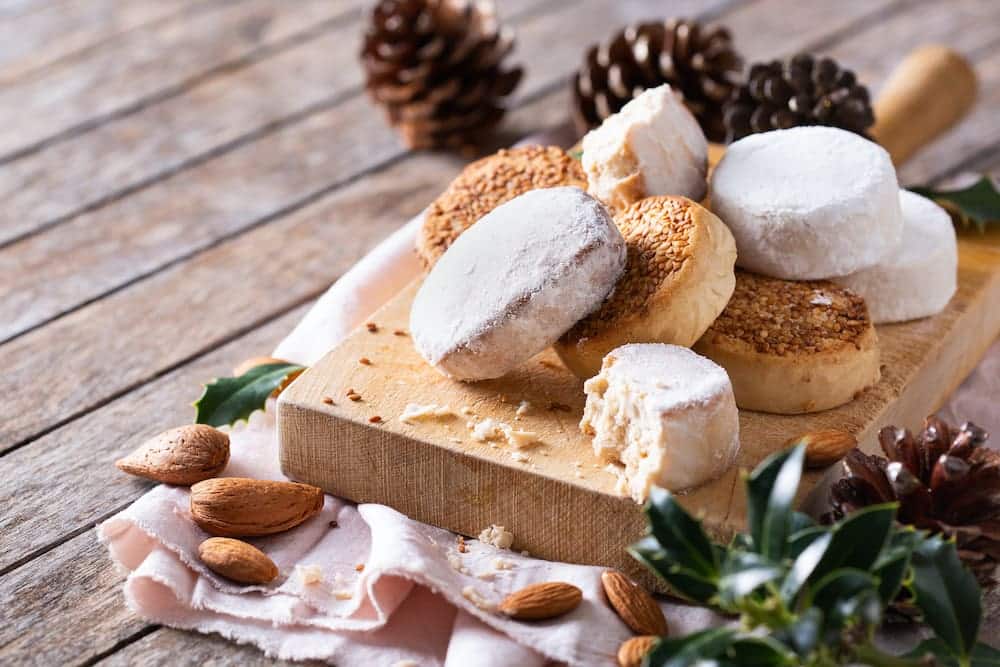
History and origin of dusty cookies in Argentina
The history of polvorones in Argentina has inheritance flavor. Like many sweet recipes from the local bakery, they came from the hand of Spanish immigration . Back in the nineteenth century, when the ships brought recipes and customs that adapted to the Creole pantry.
Originally typical of Andalusia and other regions of southern Spain, butter polvorones found their place in Argentine cuisine. They are known for being economical, surrenders, and perfect to fill the can of the cookies.
It is interesting to think how the Argentine Mantecado was gaining his own identity. Here the word manteed is sometimes used as a synonym for polvorón , but in reality they have differences that we will already tell.
Characteristics of homemade polvorones
- Broken texture : the most important thing. They are not crispy or gummy cookies. They have to break easily and almost get rid of touching them.
- Fat as the soul of the recipe : either pork fat or common butter , this ingredient is key to achieving that texture.
- Without liquid : This recipe does not carry water or milk , so a dry and sandy mass .
- Ammonium bicarbonate : the ace under the sleeve. This lifting not only provides lightness and crocancy, but also that characteristic flavor of bakery polvorones .
- Fair cooking : they should not brown too much. Just a slight color in the base and the oven. If they pass, they dry and lose the charm.
- Taste options : vanilla, lemon zest, chocolate or cinnamon. Polvorones are customizable.
Polvorones and Mantecados: The same or different?
This is a breastfeeding exam question. While many use terms as synonyms, there is a key difference.
Polvorones and less fat than mantecados. They are usually drier and brittle. Instead, the mantecados are more fatty, more compact, and do not carry egg.
In the Spanish tradition, the Mantecados are served at Christmas and are involved individually. In Argentina, they are usually stored in jars, in cans or in some tupper that walks around the house. And if there is mate , better!
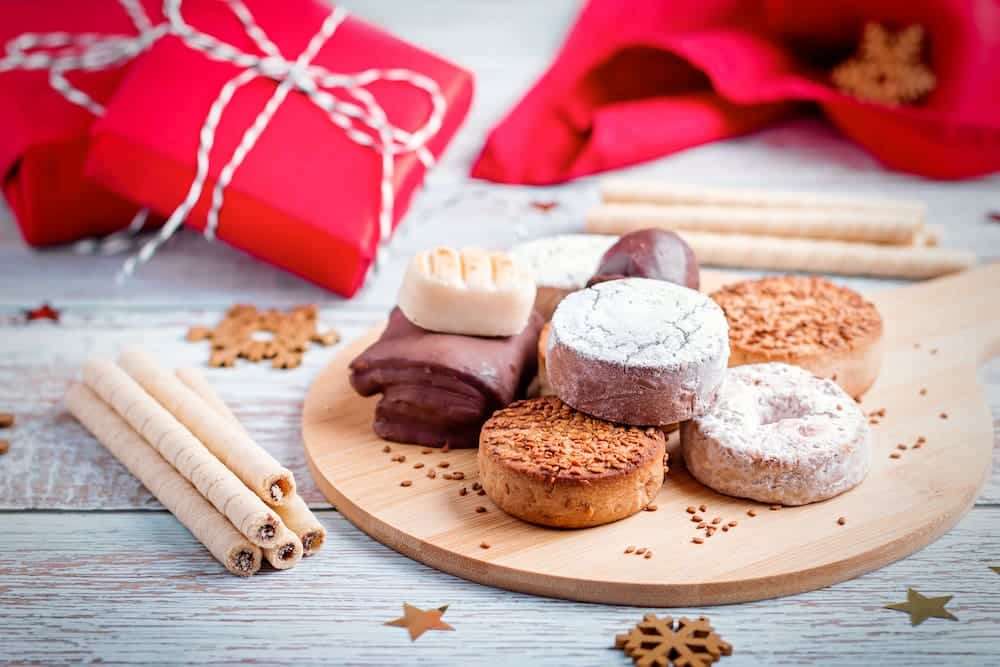
Common doubts about the polvorones recipe
- Can you use common butter (butter) instead of lard?: Yes, you can. You can also make a combination of both or use margarine. But the lard gives it unique flavor and texture.
- Why do I have hard?: Probably due to excess cooking or because the dough was done too much. Another possibility is that there is little fatty content.
- How do I get super brittle texture?: Key: Do not knead, just join . And use ammonium bicarbonate if they get. This magical powder generates a soft expansion that does not harden the dough and gives that brittle texture to the cookies.
- How are they preserved?: In hermetic jars or cans, in a cool and dry place. They can last several days (if they do not eat them before). Do not refrigerate.
Varieties of polvorones
Some of the most popular are:
- Chocolate polvorones: bitter cocoa is added to the mixture. They can also be marbled, mixing cocoa only in one part.
- With lemon or orange zest: they give an ideal fresh touch.
- With nuts: almonds, nuts, chopped pistachos.
- With cinnamon or spices: to give them a Christmas air, in the best style cookies of ginger .
- Glazed or with chocolate bath: ideal for a special occasion. They can bathe with a lemon glaze or a real glasé .
- Gluten without: using alternative flours such as rice or almond .
9 tips and tips to make the best polvorones
- Beat fat and butter well: that creamy base helps form the texture.
- Do not knead more: just join. The less it is manipulated, the better the dough is.
- Rest the dough in refrigerator: at least 30 minutes. This helps not to lose shape in the oven.
- Using impalpable sugar: impalpable sugar helps to achieve a better consistency.
- Do not flatten them much: that they remain with a little height. We do not want chatter cookies.
- Even size: so that all the same are cooked.
- Do not pass cooking: barely brown at the base. They finish drying outside the oven, on a grid if possible.
- Try aggregates: cinnamon, zest, chocolate chips, everything adds.
- Keep well: in closed cans or bottles they last several days.
Follow on Instagram ( here )
and on YouTube that I upload new recipes every week ( click here )
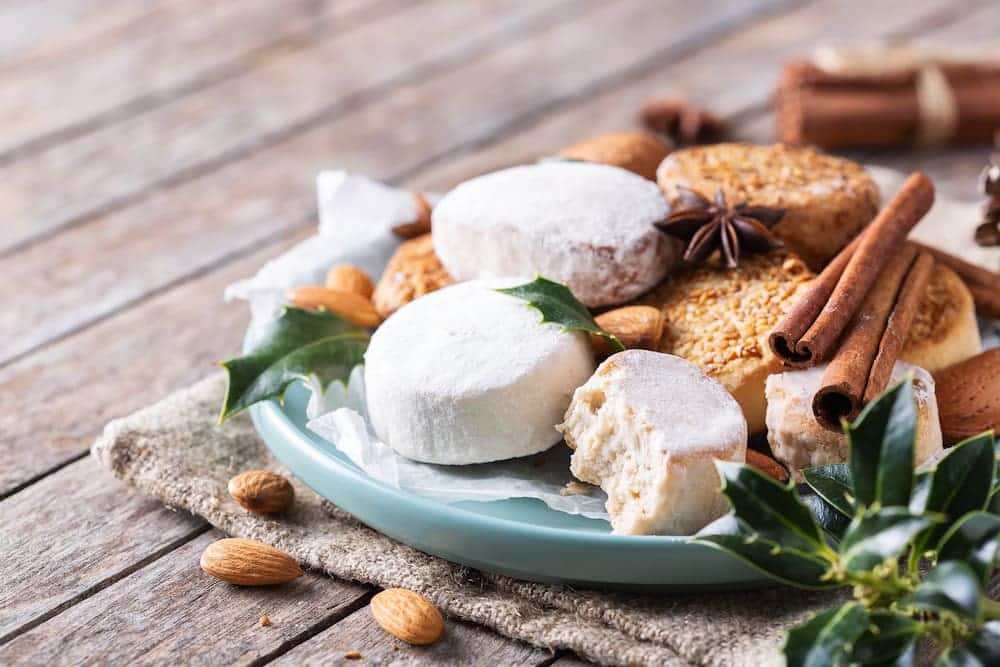
Polvorones recipe
Yield: 30 units
Preparation time: 1 hour
Ingredients
- 150g of butter
- 100 pork or vaccine fat (it can be replaced by more butter or margarine)
- 100 g of impalpable sugar (or common sugar)
- 1 egg
- 1 teaspoon vanilla essence
- 500g of flour 0000
- 1 pinch of salt
- 1 teaspoon of ammonium bicarbonate
- Optional: lemon zest, cocoa, cinnamon, chopped nuts
How to make homemade homemade polvorones
- Beat butter and fat (at room temperature) with impalpable sugar until it is creamy. Use electric blender or manual batter.
- Add the egg, vanilla essence and optional ingredients if desired (lemon zest, cocoa, cinnamon or chopped nuts). Mix to completely integrate.
- In another bowl, sift flour with ammonium bicarbonate and salt.
- Incorporate dry ingredients into the wet mixture. Integrate without kneading, just join the dough with your hands until a bun can be formed. Divide and form cylinders compacting the dough carefully. Wrap with film and refrigerate until they are firm (approx. 30 minutes).
- Cut the cylinders into slices of approximately 2 cm. Place on a plaque enmantecada and floured or with butter paper.
- Cook in preheated oven at 180ºC for 10-15 minutes or until they are barely golden at the base. It is important that they cook well.
- Remove from the oven and let cool on a rack.
